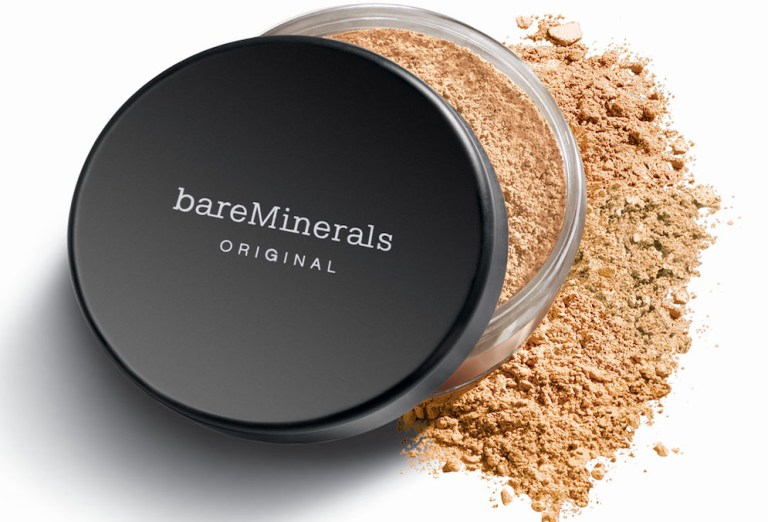bareMinerals’ Back-To-Basics Retail Secret

Before bareMinerals was a household name in cosmetics – its parent, Bare Escentuals, was a smallish bath and body retailer with an unusual product that had a small problem. The product was what has become the firm’s signature calling card – a line of cosmetics made from crushed minerals that had a powdered sugar like consistency. The concept was eye-catching, but the makeup itself, in terms of the way it looked on human skin, was not. Or perhaps better to say it was eye-catching in the wrong way.
Under the leadership of industry veteran CEO Leslie Blodgett – who came with product devleopment bona fides from mass market brands Max Factor and Neutrogena – the firm started making some very big changes. The line was redesigned and relaunched as bareMinerals. The firm’s big break came in 1997 with a big assist from home shopping, before the Internet made shopping in one’s living room a cool thing to do. bareMinerals got its shot on QVC home shopping channel and quickly sold out all of its inventory. Soon, bareMinerals was selling $1.4 million of makeup per hour.
QVC was the just the beginning of how bareMinerals was thinking differently about cosmetics distribution. Newcomers to the cosmetics field look to build scale by getting on the shelves of pharmacies and department stores nationwide. But bareMinerals sidestepped the drugstore path in favor of building its own branded boutiques and developing relationship with specialty cosmetics retailers like Sephora and Ulta.
And that focus on rethinking distribution channels, and adopting new and different ones early carries on at Ulta, even though in the last few years the fire has been acquired by Shiseido Co., Japan’s largest cosmetics company in 2010 , and Blodgett has moved on from the position of CEO. In February of this year bareMinerals inked a deal with influencer and YouTube personality Ingrid Nilsen. Nilsen brings her 4 million YouTube channel subscribers and 1.7 million followers on Instagram to bareMinerals’ ongoing brand relaunch of its Original and Matte mineral foundations. That partnership carries a steep price tag – Nilsen will be paid $500,000 to be the face of the of the firm – making it one of the larger brand–blogger hook-ups to date.
And though bareMinerals had no official comment on the deal, Nilsen noted that in fact the two entities are in fact an obvious fit – and a great place to launch contextual commerce from.
“My viewers are no strangers to bareMinerals popping up in my videos — even videos that aren’t beauty related…[like] an apartment tour. You can see everything I use, and bareMinerals pops up regularly. It’s something that they’re used to; it’s something I genuinely use every day,” Nilsen said.
For their part, bareMinerals, though it had nothing to say on the price tag – did note that the pair-up did fit into the corporate message of making beauty direct and personal for their cosmetics customers.
“We’re bringing [the brand] to life in a way that matters to consumers today, in both range of shades and how we’re communicating our messaging to her on a global platform,” said Claudia Poccia, the company’s chief marketing officer, on partnering with influencers on both a macro and local level.
And those changes to the product, Poccia noted, are as important as the changes to the plan for communicating those changes. Along with the sponsorship deal – the firm announced that its flagship Original Foundation product is getting a big upgrade with 12 new shades, bringing the entire beauty range to include 30 hues.
Those new colors come in various light to dark shades with a variety of undertones. The move comes as bareMinerlas is looking to expand its consumer base and “be able to serve a fuller range of consumer needs with products that can match any woman’s skin tone.”
Much about bareMinerals has changed since its first redesign in the mid-1990s, but one thing has not. The makeup has to look good, and make the person wearing it feel good about wearing it. A few decades ago, the firm didn’t quite have any make-up that lived up to those goals. Today it’s moving 30 shades on a market that it is committed to keep growing.